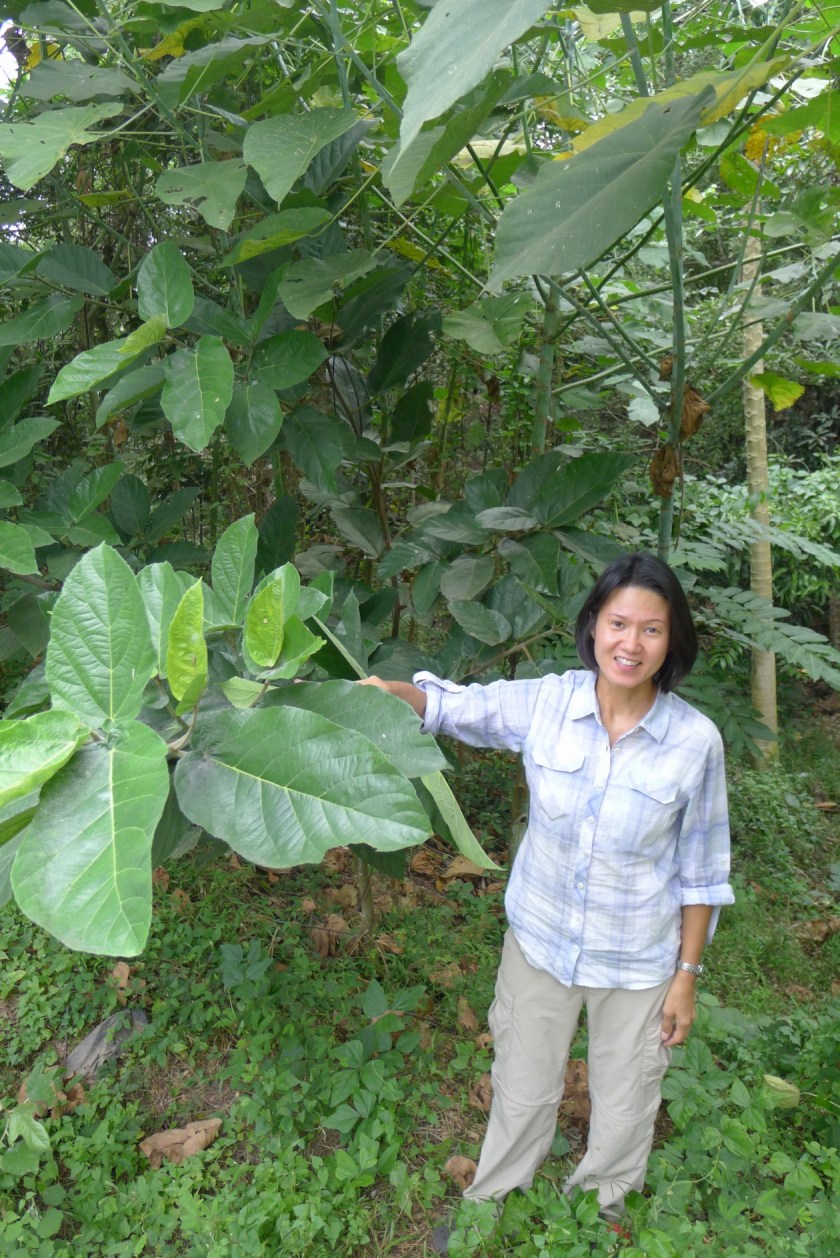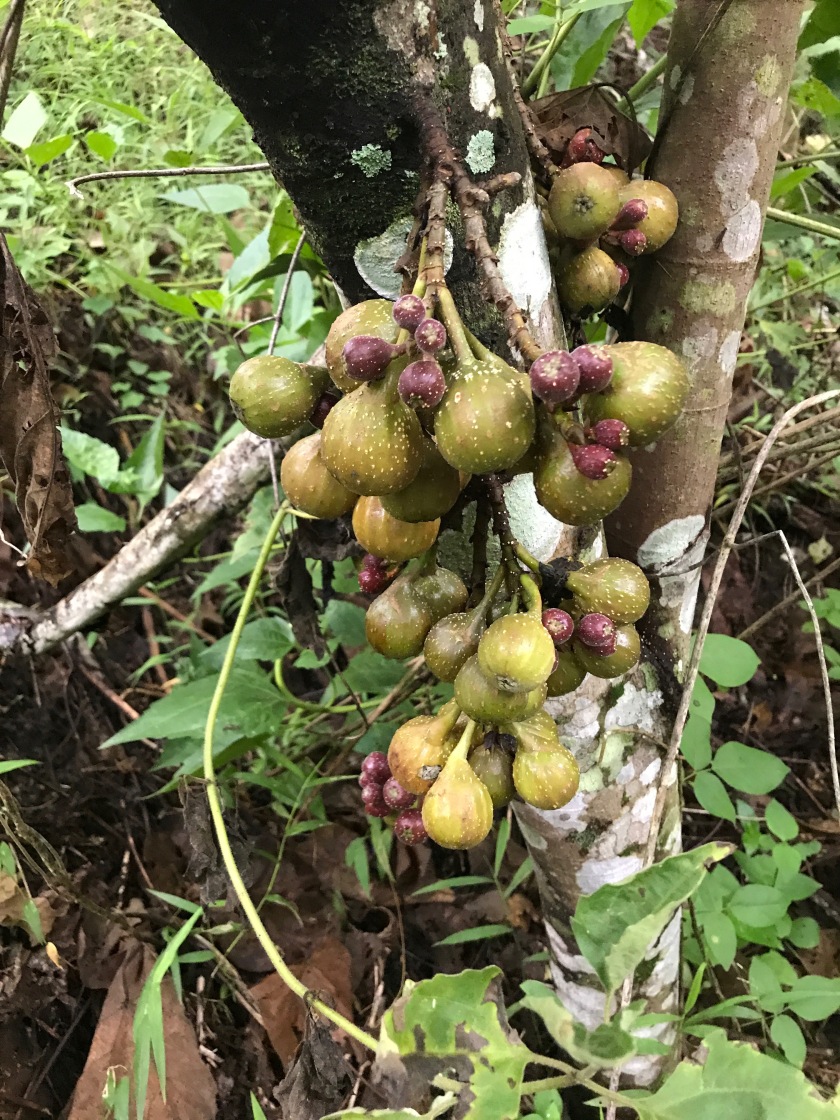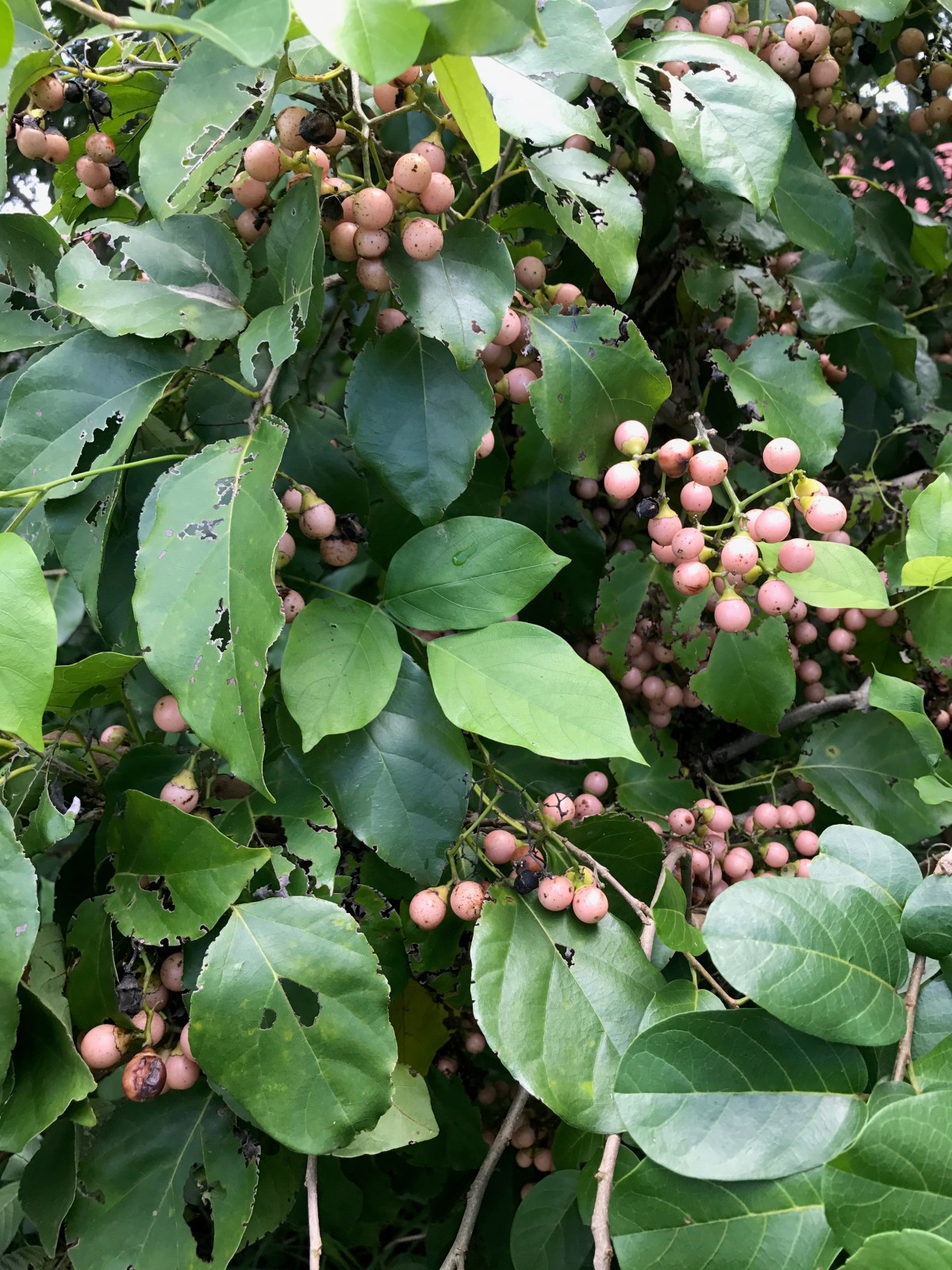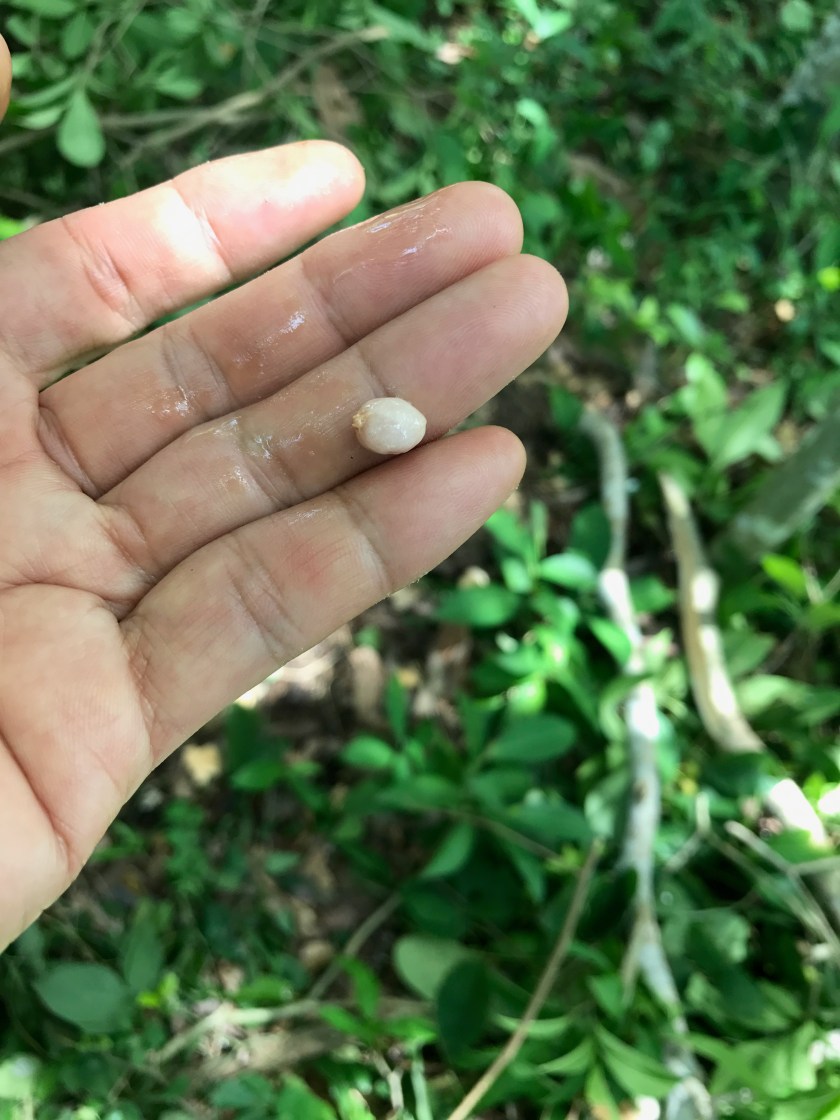The Tibig we planted in 2012 has fruits! Look at how it’s grown!
We planted this tree beside the creek. Some say these trees can help recharge a natural spring. It’s usually found near water, so maybe it just grows where there is a lot of water rather than the tree causing the water levels to somehow increase. Or it could be both!
We’re collecting the seeds so we can plant more Tibig along the creek. The seeds are tiny!
















